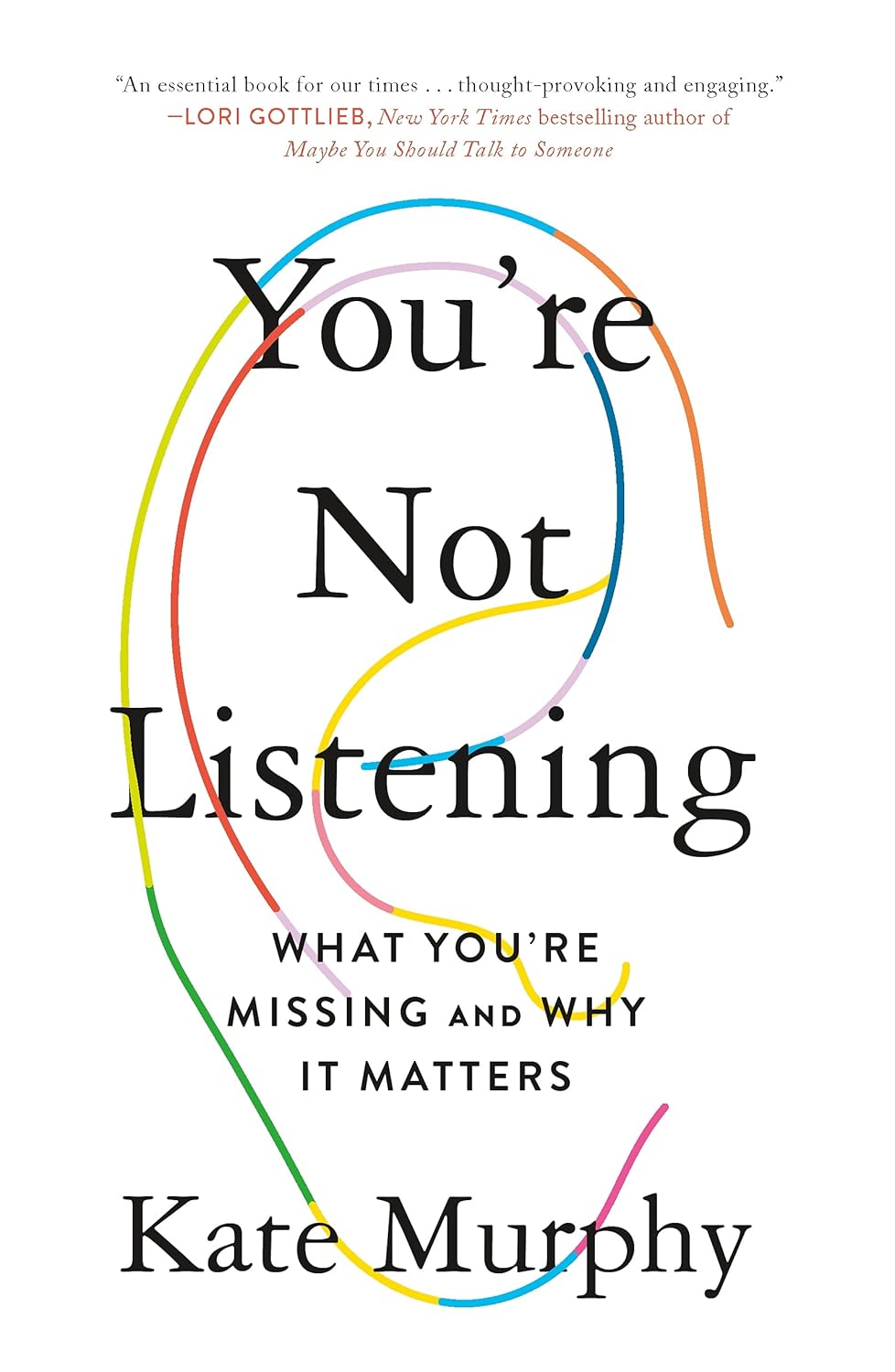Three Ways to 'Walk' in VR (and Why They're All Kind of Bad)
Want an omni-directional treadmill? That'll cost you $50,000.

We may earn a commission from links on this page.
A recent trip to the Augmented Reality Expo got me thinking about a big issue with virtual reality: unless you have an empty warehouse lying around, your VR gaming experience is going to be limited by the simple fact that you can't walk very far. Exploring huge spaces and being fully transported is pretty much the point of many video games and VR experiences, and you can't achieve that full immersion when you're worried about bumping into your coffee table.
But if you’re ready to take your VR setup to the next level, there are ways to bring something closer to real movement into virtual worlds. None are perfect, but some are decent. A few are surprisingly affordable, while others are ridiculous in price. From omni-directional treadmills to motorized shoes, here are some solutions for walking in VR.
Omni-directional powered treadmills
VR with an omni-directional moving treadmill seems like something out of science fiction, but it's available commercially now, but only if you have deep pockets.

The device above is the Infinadeck, a multi-directional treadmill that lets you move in any direction and reacts to the movement speed of your feet. This seems like the solution to movement in VR, but it has a significant downside: the cost. The Infinadeck is aimed at businesses and institutions, and has the price tag to match. I can't find an exact figure on Infinadeck's site, but an older version of its site gave a price of between $40,000 and $60,000. Ouch. You can contact the company if you're interested. There's a similar, larger treadmill called the Omnifinity, but I can't find any information about its price either. So until these treadmill solutions become cheaper, here are some (semi) affordable consumer options.
Friction-light VR movement platforms

The picture above is the Omni One from Virtuix, a VR device that takes a decidedly lower-tech approach to problem of movement in VR. It's basically a very slippery concave surface with a harness to hold you upright and sensors to detect your foot movement. You take a step forward and your foot slides back underneath you. A full system, including the treadmill, standalone VR headset, and all the controllers you'd need is $3,495. Another friction-based option is the KAT Walk C2 CORE VR Treadmill. The concept is similar, but the KAT Walk is a slanted platform as opposed to a bowl-shaped one. It's also more affordable at $999.
Shoe-based solutions to VR movement

Maybe the answer isn't to provide a floor that moves or a surface to slide on. Maybe the answer is to add tiny treadmills to the bottom of shoes to let you "walk" without walking. That's the concept behind Freeaim's VR Shoes: you take a step and your feet are guided back under you without you knowing it. To avoid broken hips, it requires a harness and stand, unless you're really brave. The projected retail price for these is $1,100, but they aren't on the market yet.
Speaking of not-on-the-market, remember the hilariously named Cyber Shoes? This inexpensive shoe-based VR device let you mimic walking while seated. For some reason—probably because because "walking while sitting" isn't something anyone wants—they didn’t catch on. They're no longer commercially available.
Maybe there is no solution?
The death of Cyber Shoes and the low adoption rate of VR movement systems could be evidence that the technology isn't there yet, the demand isn't there yet, the prices are too high, or a combination of all three. But it could also be evidence that we're just not meant to walk in VR.
I tried out the slippery-surface platform from Virtuix for a brief moment, but a visceral fear of falling prevented a deeper dive. People who have tested out more expensive omni-directional treadmills report that, while they're cool, the walking doesn't actually feel like walking. The feeling of walking is hardwired into us, and "hold yourself up and take steps on this very slippery floor" or "this shoe will put your feet back under you" just isn't the same. Maybe there's a technical solution coming in the future, but maybe we're looking in the wrong place.
AR vs. VR experiences
For a true "walking around in cyberspace" experience, virtual reality might be the wrong medium. Augmented and mixed reality experiences that overlay virtual elements into the real world let you walk around all you want, without a $50,000 treadmill or a harness to hold you up.
I'm not aware of any AR games that offer the expansiveness of "traditional" video games, but we're getting closer. Games like Drop Dead: The Cabin, a VR zombie-killing game for the Meta Quest are pointing the way. Drop Dead includes a mixed reality mode that lets you scan the room you're in, and the game replaces some elements of real life with virtual, so the view out your window is of a different world, and your end-table looks like a gun rack. Then zombies break in. Check out the trailer:
While Drop Dead: The Cabin's "Home Invasion" mode is a fairly limited experience that's kind of a pain to set up, in the future, when the tech gets there, I expect to see games that re-skin the actual world into Middle Earth or a distant planet in real time, allowing VR players to just walk around to their heart's content, on their own two legs. Until then, we may have to get used to moving the furniture, walking in place, and trying not to break the lamp.
































































![https //g.co/recover for help [1-866-719-1006]](https://newsquo.com/uploads/images/202506/image_430x256_684949454da3e.jpg)

























![How Smart PMs Scale Their Careers in Any Org [TPG Live Recap]](https://tpgblog.com/wp-content/uploads/2025/06/2025-06-12-thumbnail-action.png?#)





















































